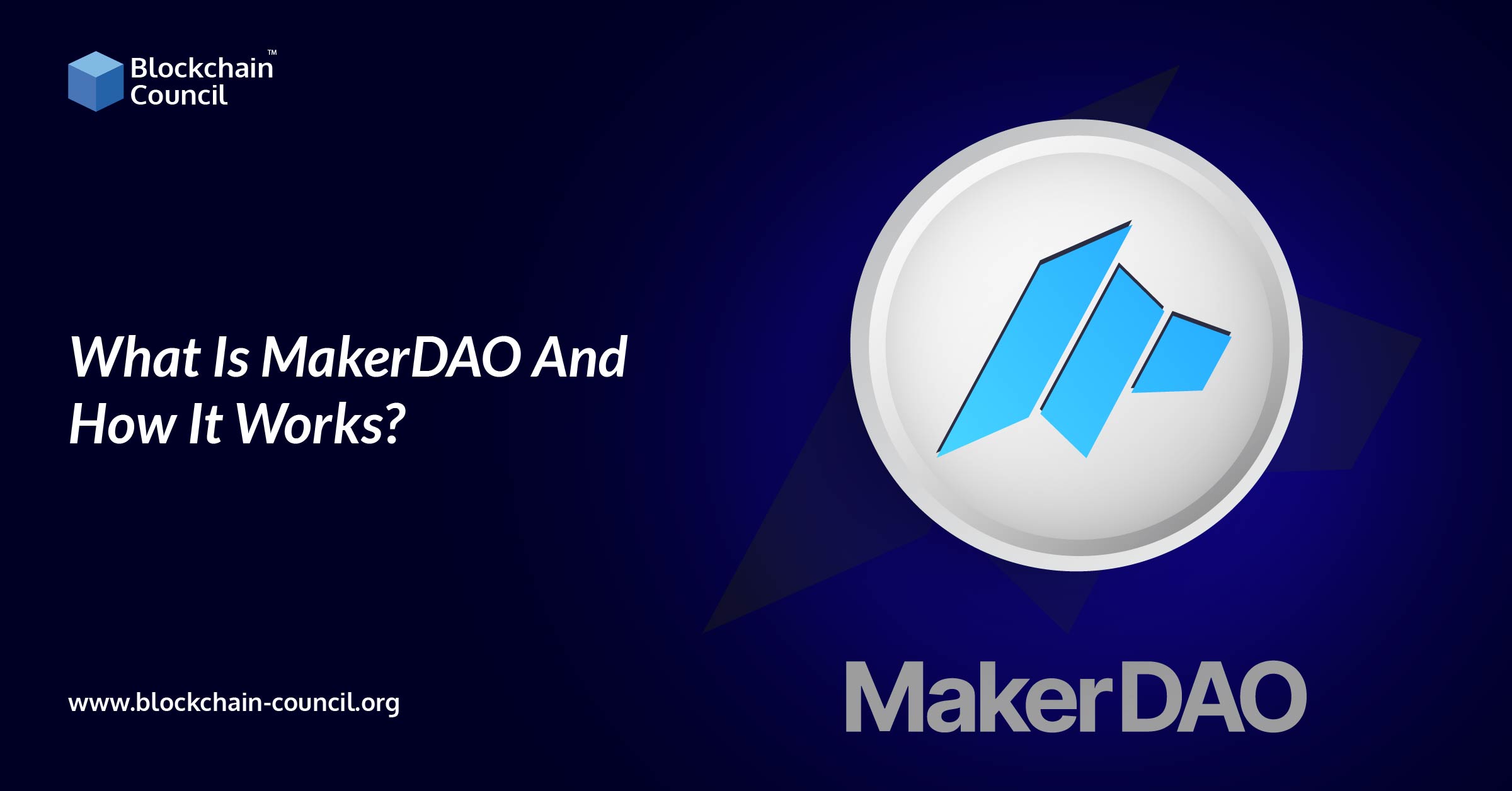
- Blockchain Council
- June 27, 2024
As crypto gained its pace within the financial cluster, the constantly changing dynamic nature of virtual currencies posed a question on its vitality. Most investors failed to trust crypto because of the massive market fluctuations inhibited by the assets. This paved the way for launching a safer decentralized asset class called ‘stablecoins’ that strives to deal with the limitations surrounding the crypto space. Stablecoins are digital assets that have backing against the value of stable assets such as fiat currencies like USD, Yen, and the Euro. These soft pegged assets offer the required stability from price volatility.
Stablecoins played a pivotal role in expanding the usability of cryptocurrencies for real-world situations. Earlier, users feared using crypto for borrowing purposes due to price fluctuations involved in the process. Most crypto assets change price patterns so wildly that the amount borrowed by the borrower becomes entirely different from what they have to pay to the lender in the future. However, platforms like MakerDAO seem to emerge as the best solution to such issues that limit the usability of cryptocurrencies. The portal integrates loans with a stable fiat currency so that people can easily borrow money and accurately predict the amount they had to pay back in the pre-determined time limit. Getting access to a suitable blockchain course helps to understand the core working of MakerDAO. This is not possible for all due to time limitations and so we have tried to give a detailed analysis of the platform here.
In this article, we will learn about the meaning of MakerDAO protocol, its lucrative features, and its potential to revolutionize the crypto space. The content will dive deeper into the native currency DAI that empowers the entire MakerDAO cluster. So, let’s jump in.
What is MakerDAO?
Launched in 2015, MakerDAO shines as one the earliest protocols focused on Decentralized Finance solutions. It hails as the first Ethereum-supported venture to issue loans to users looking for a secure and reliable lending interface. One can define MakerDAO as a powerful peer-to-peer organization that aims to develop technological solutions for borrowing, saving, and lending using cryptocurrencies.
In Layman’s terms, MakerDAO is a crypto lending credit system that offers loans at pre-determined interest rates so as to avoid confusion and uncertainties involving the industry. MakerDAO offers a robust infrastructural layer for the decentralized economy running on Ethereum, often termed as DeFi.
The entire process of lending and borrowing on MakerDAO is managed by smart contracts that are thoroughly decentralized and secure. The protocol allows any investor using the ETH blockchain and owning a MetaMask wallet to borrow money in the form of MakerDAO’s native currency DAI. MakerDAO and DAI strive to provide seamless access to an exclusive interface that can be built upon by DeFi developers. They provide liquidity and a stable unit of value for DeFi projects. Even the best blockchain certification platforms brag about the efficient infrastructure of MakerDAO that leverages support for the DeFi cluster.
One thing that makes MakerDAO different from its competitors is that it is decentralized- as no central authority controls DAI- and employs collateral in the form of Ethereum-supported digital assets to sustain its peg against the USD. The entity is also referred to as a Decentralized Autonomous Orgnaization or DAO. With its DAO infrastructure, the portal allows the holders of the MKR token to take part in the decision making process thus ensuring complete decentralization of power. MakerDAO takes pride in being one of the longest-employed projects in Ethereum’s DeFi ecosystem.
History of MakerDAO
- Founded in 2015 by Rune Christensen, the present CEO of MakerDAO, the project has managed to unlock the potential of DeFi across the geographical domain.
- The developers did not orgnaized an ICO rather chose to sell MKR tokens privately to fuel the development process.
- The firm is headquartered in Santa Cruz, California.
- MakerDAO’s DAI coin was launched in the beginning of 2018 and has managed to gain market traction since then.
- Later in 2018, Andreessen Horowitz purchased 6% of the total value of MKR token in circulation at the time. This gave a capital push worth $15M to the protocol.
A bit about DAI Stablecoin
DAI is a popular stablecoin project that offers a 1:1 peg against the USD to offer stability to customers from frequent market fluctuations of the crypto world. You can consider 1 DAI as $1. What makes the stablecoin project even more interesting is the fact that each DAI token is backed by Ether instead of a centralized third-party claiming to control the required collateral. It is an ERC-20 currency that can be easily purchased from crypto exchanges like Binance, Coinbase, Gemini, Uniswap, Curve, etc.
In order to avail a DAI loan through MakerDAO, users need to deposit any suitable Ethereum-based digital asset as collateral. This includes coins like ETH, ZRX, OMG, etc. The MKR token holders who govern the platform approve the transaction. DAI serves as one of the most accessible digital assets on the EThereum network as it widely finds its usability in DeFi, blockchain gaming, and digital collectible sphere.
The DAI interest rate is earned by depositing it into the DAI Savings Rate or DSR which is supported by the fees charged on the owners of the Maker collateral vault. It is free for every DAI owner. The DSR does not devoid users of their ownership right on their assets and they are free to withdraw their funds anytime depending upon their choice. The DSR rate is ascertained by MKR token holders, revolving around the prevailing market conditions. If an investor wants to withdraw their locked collateral in the Maker collateral vault, they need to repay the DAI borrowed along with an annual percentage yield fee charge as well.
What is MKR Token?
In addition to DAI, MakerDAO also supports another powerful token called MKR within its ecosystem. The MKR token manages and controls the core infrastructure of the lending platform. The investors owning MKR tokens control various elements of the protocol such as: the amount of collateral backing each CDP or the stability fee, annual lending fee or the collateralization ratio, and shut stopping the protocol in case of a crash of Ethereum price.
The token holders play a significant role in the governance mechanism of MakerDAO as well. They regulate the protocol by deciding upon the inclusion of additional collateral options along with their risk factors. They also work as the buyers of last resort for DAI lenders. This indicates the fact that if the collateral ETH stored in Maker vaults is less than the required amount, MKR is created and traded in an auction to raise the additional capital required.
The token helps to incentivize MKR holders for their sincere and responsible efforts in expanding the network. With MKR, MakerDAO emerges as a fully decentralized autonomous organization. Whenever fee charge is paid in the MakerDAO cluster, a dollar worth of MKR is purchased off the market to pay for stability fees. This hints that MKR is a deflationary asset.
Everything about MakerDAO Vaults
The most crucial element of MakerDAO cluster is its Vault channel where DAI is created against the collateral worth deposited by the user. As the entire process takes place on the Ethereum blockchain network, transactions are highly decentralized, transparent, and tamper-proof. When a user deposts collateral in MakerDAO, they simultaneously open access to a vault. This feature gives a fair chance to the customers to withdraw DAI against the collateral deposited by them.
Post withdrawal, the DAI stablecoins are minted and included in the total circulating supply value. When the borrowed amount taken from the vault is returned, the DAI amount associated with the vault is destroyed and detached from the supply. Due to this creation and destruction of DAI tokens, the supply value of the currency is elastic. The elasticity helps to maintain the currency’s peg to the USD. Maker Vaults require customers to overcollaterlize the vault position by a minimum of 150% to ensure safety from liquidation risks. When the collateral value falls below the borrowed value, lenders liquidate the deposited collateral to fetch their amount. As Maker depends upon volatile crypto assets for collateral, the portal needs sufficient backing to keep the solvency of DAI intact for users.
To use MakerDAO, users can move to the Maker Oasis app. The application is designed to create a Maker Vault and DAI tokens. Those willing to use the app need to have a MetaMask wallet for sure. Inside the app, one can find a list of various tokens supported by Maker as collateral. There are also metrics defining the minimum collateral ratio requirements on the portal.
After having a MakerDAO vault, users can employ their DAI tokens in multiple use cases similar to fiat. The coin is one of the most widely supported projects across crypto exchanges. This makes it an easy accessible option for trading purposes.
MakerDAO’s Risk and Collateral System
The MKR token holders provide risk parameters to every collateral asset supported by MakerDAO. This includes factors like the amount of debt to be created by the particular collateral type, the volatility the asset is likely to witness in the market, and the scenario if the collateral must be liquidated in case it fails to cover the borrowed amount.
In case of adverse market conditions where the collateral does not cover the outstanding debt, the collateral is liquidated using an automated mechanism. Automated market players called keepers who use arbitrage opportunities for gains, bid in DAI for the collateral from the vault. The amount is used to reimburse the debt and the liquidity penalty charge. The excess amount earned from the auction, after paying the debt and the penalty fee, is returned to the owner of the vault.
If the auction fails to fetch sufficient amount, the debt is termed as protocol debt and is covered by the Maker Buffer. The buffer represents the fees paid on withdrawals and the amount collected from the auction. If the Maker Buffer does not have sufficient DAI funds, debt auction is initiated and the protocol mints MKR tokens. The tokens generated are sold to the bidders for DAI to maintain the stability of the system.
Is MakerDAO Profitable?
MakerDAo is a potential investment because:
- It is a decentralized protocol that seamlessly supports lending and borrowing in crypto.
- The holders of the MKR token become an essential part of the community as they quickly gain governance rights. On investing in MKR, users get autonomy to participate in the future decision-making processes of the firm.
- Each time a loan is repaid, equivalent worth of MKR tokens are destroyed by the network. This ensures to increase the scarcity of the token, thus. Keeping its price on a rise.
- MKR token is a profitable option for borrowers too. They can lend themselves a loan by locking their ETH assets as collateral and earning a Collateralized Debt Position.
- The protocol has its won set of risks as well. One such risk is the unceratin price crash of Ethereum that will render the collateral within the MakerDAO useless.
- There is also a risk that the volume of bad debts and non-repyaments can rise to a level where the price of MKR tokens falls.
Conclusion
MakerDAO is a potential DeFi-focused protocol that is expanding the scope of cryptocurrencies across the financial and economic paradigms. It thrives as an up-and-coming project that offers unmatched services to those willing to lend and borrow in crypto. The MKR token gives the community governance rights while the DAI token manages the working of the core ecosystem.
The platform has emerged as the pioneer of the DeFi evolution and if the success streak continues to grow at the same pace then MakerDAO will unravel new opportunities for the global crypto field. The investors willing to reap in the benefits of the crypto industry can do so by simply visiting the official MakerDAO blockchain platform and start investing. You can learn blockchain concepts by enrolling in the wide range of blockchain courses available on Blockchain Council platform. The courses offer in-depth knowledge to the participants using a simple and effective interface.

































































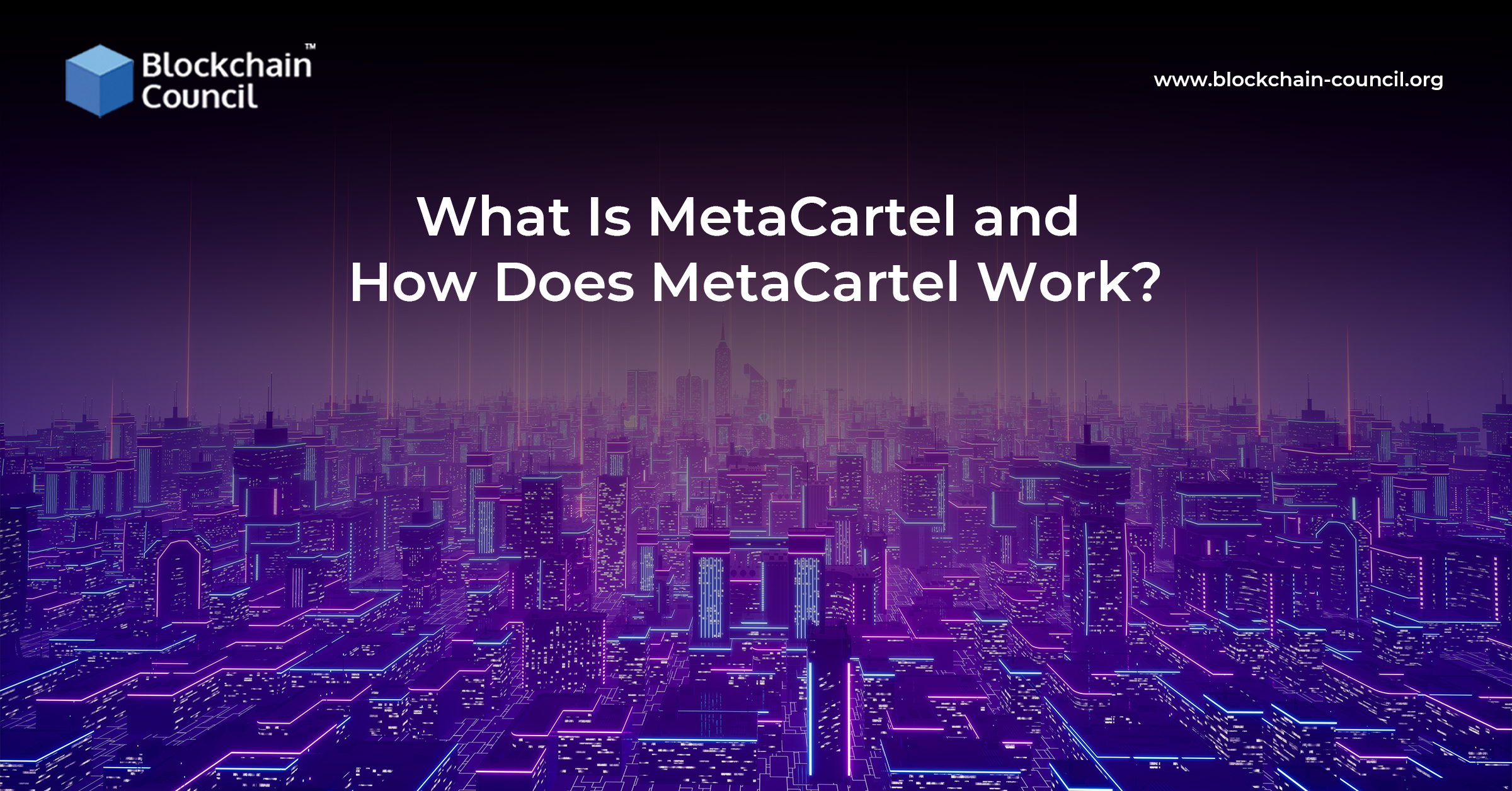
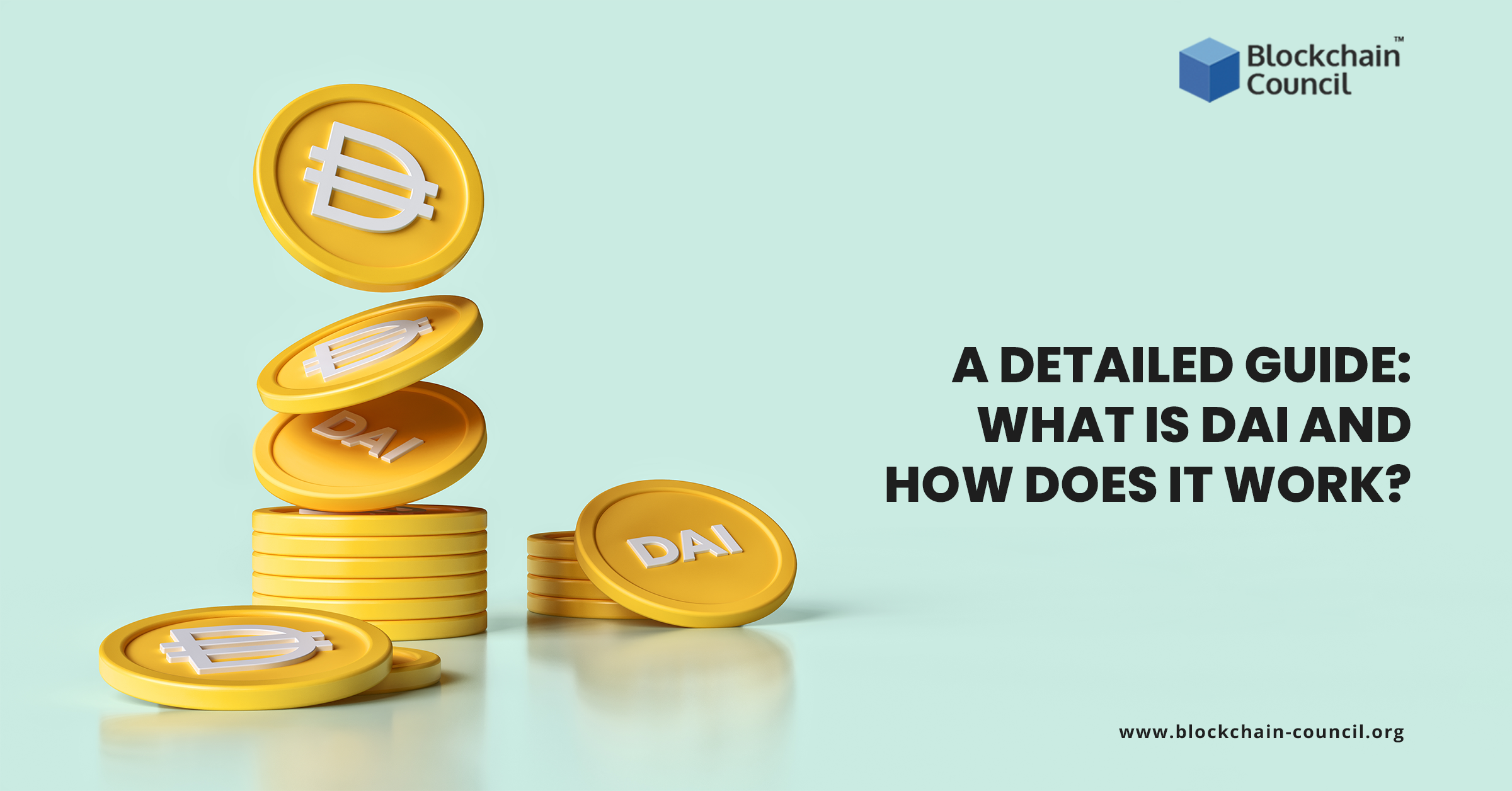
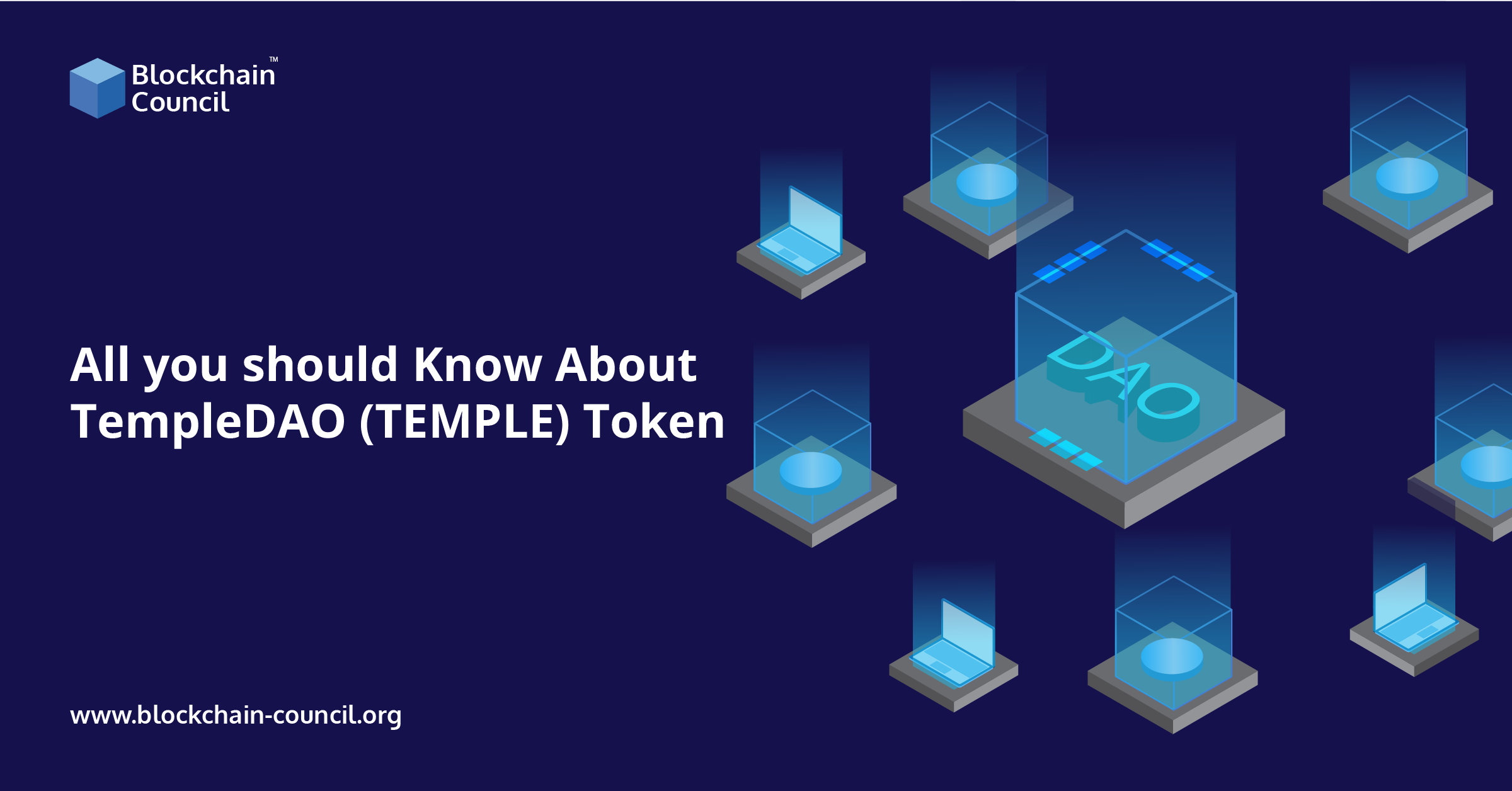
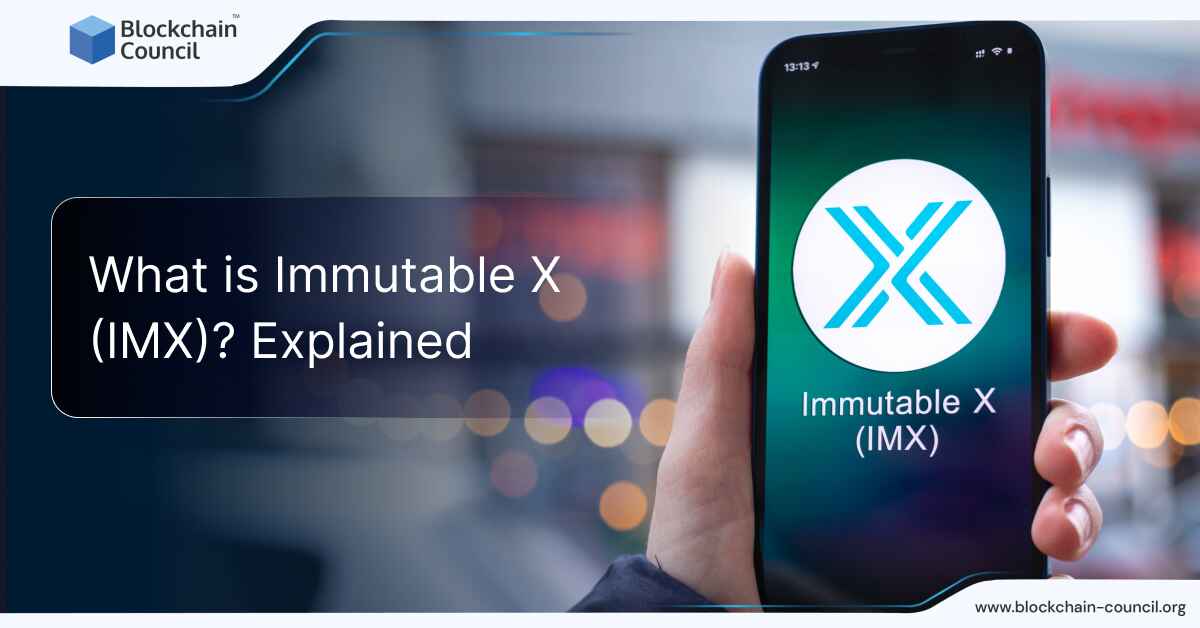
 Guides
Guides News
News Blockchain
Blockchain Cryptocurrency
& Digital Assets
Cryptocurrency
& Digital Assets Web3
Web3 Metaverse & NFTs
Metaverse & NFTs
